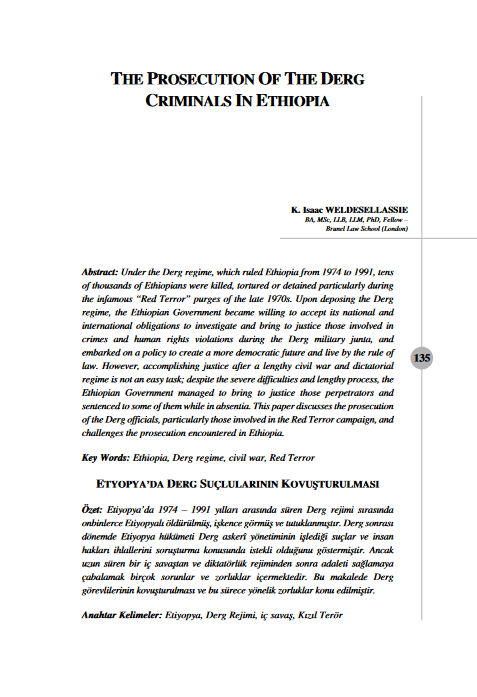The Guardian, 21 September 2016
The attack on an aid convoy in Syria on Monday, carried out at night on an unlit road on the western outskirts of Aleppo, was sustained and highly effective – 18 of 31 trucks were destroyed, along with a nearby depot that was to receive the supplies.
Witnesses, among them aid workers who were travelling in the trucks and rescue workers who attended the aftermath, have described the sound of multiple explosions over at least an hour. They have also described the sound of jets repeatedly crossing the sky above them.
Ever since Russia’s intervention to support Bashar al-Assad last October, opposition groups say they have been able to clearly establish who has been responsible for the hundreds of airstrikes that have been carried out.
It is a much easier process during the day – the Russian jets fly in pairs, whereas Syrian air force aircraft rarely do. At night,, the outcome of an attack is often used to figure out who to blame. The Russian strikes are typically far more precise and devastating.
Syrian attacks, particularly over Aleppo, have often involved the use of ageing helicopters, dropping unguided, improvised, barrel bombs out the back of helicopters. The barrels are launched from about 3,000 metres (10,000ft). They are not aerodynamic and are notoriously inaccurate – not ideal weapons when precision targeting is required, such as picking out a long line of vehicles on a narrow road in the night.
Videos taken at the scene show trucks burning by the side of a road and a large fire in a nearby building. People are heard calling for help from the ruins and a panicked narrator claims the convoy was attacked by planes. The damage is clearly immense. Some of the trucks are glowing, twisted wrecks, clearly hit by some form of high explosive.
Several hours earlier, the convoy had crossed checkpoints from the regime-held half of the city with food, water clothes and medicine. After it entered opposition territory, it was monitored by Russian drones, a fact acknowledged by the Russian defence ministry, which had also been provided with precise GPS coordinates of the route to be taken and the destination, as per agreement with Syrian officials.
The US is not revealing what evidence it has to support its claim that Moscow was responsible for the strike. However, northern Syria is one of the most intensively monitored parts of the world, with advanced military and civilian radars plotting every flight near the Turkish border.
Turkey has used its radar to track Russian planes in the area, one of which it shot down last November after it strayed across the frontier. Nato listening posts in Turkey and in Cyprus, where the UK also maintains a base, have been actively surveilling the conflict.
The dark arts of signals intelligence, which are used by all sides in this conflict, are rarely revealed. But they have been extensively used in private discussions to corroborate events that, often for political reasons, have never been revealed.
No comments yet.
-
 SWISS COMPROMISE ON EU IMMIGRATION CLEARS FIRST PARLIAMENTARY HURDLE
Europe - EU
22.09.2016
SWISS COMPROMISE ON EU IMMIGRATION CLEARS FIRST PARLIAMENTARY HURDLE
Europe - EU
22.09.2016
-
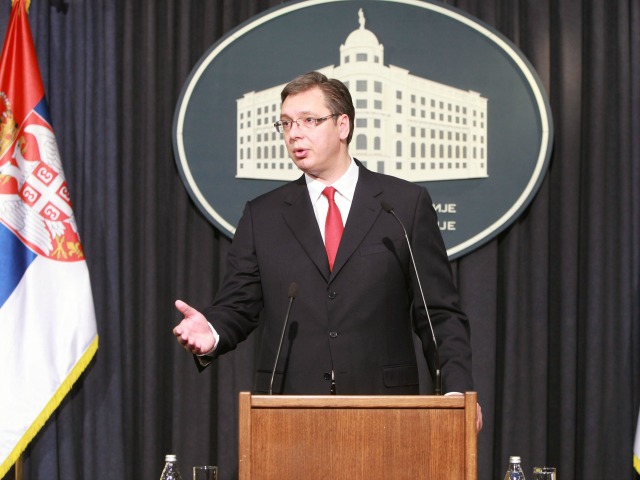 BOSNIA MAYOR AND SERBIAN PM APPEAL FOR PEACE
The Balkans
22.09.2016
BOSNIA MAYOR AND SERBIAN PM APPEAL FOR PEACE
The Balkans
22.09.2016
- IRANIAN MILITARY PARADES MARK IRAN-IRAQ WAR ANNIVERSARY Iraq 22.09.2016
- AZERBAIJANI FM, OSCE MG CO-CHAIRS MULL KARABAKH CONFLICT The Caucasus and Turkish-Armenian Relations 22.09.2016
- GERMANY: TEENAGE REFUGEE ARRESTED OVER POSSIBLE ISIL TIES Europe - EU 22.09.2016
-
25.01.2016
THE ARMENIAN QUESTION - BASIC KNOWLEDGE AND DOCUMENTATION -
12.06.2024
THE TRUTH WILL OUT -
27.03.2023
RADİKAL ERMENİ UNSURLARCA GERÇEKLEŞTİRİLEN MEZALİMLER VE VANDALİZM -
17.03.2023
PATRIOTISM PERVERTED -
23.02.2023
MEN ARE LIKE THAT -
03.02.2023
BAKÜ-TİFLİS-CEYHAN BORU HATTININ YAŞANAN TARİHİ -
16.12.2022
INTERNATIONAL SCHOLARS ON THE EVENTS OF 1915 -
07.12.2022
FAKE PHOTOS AND THE ARMENIAN PROPAGANDA -
07.12.2022
ERMENİ PROPAGANDASI VE SAHTE RESİMLER -
01.01.2022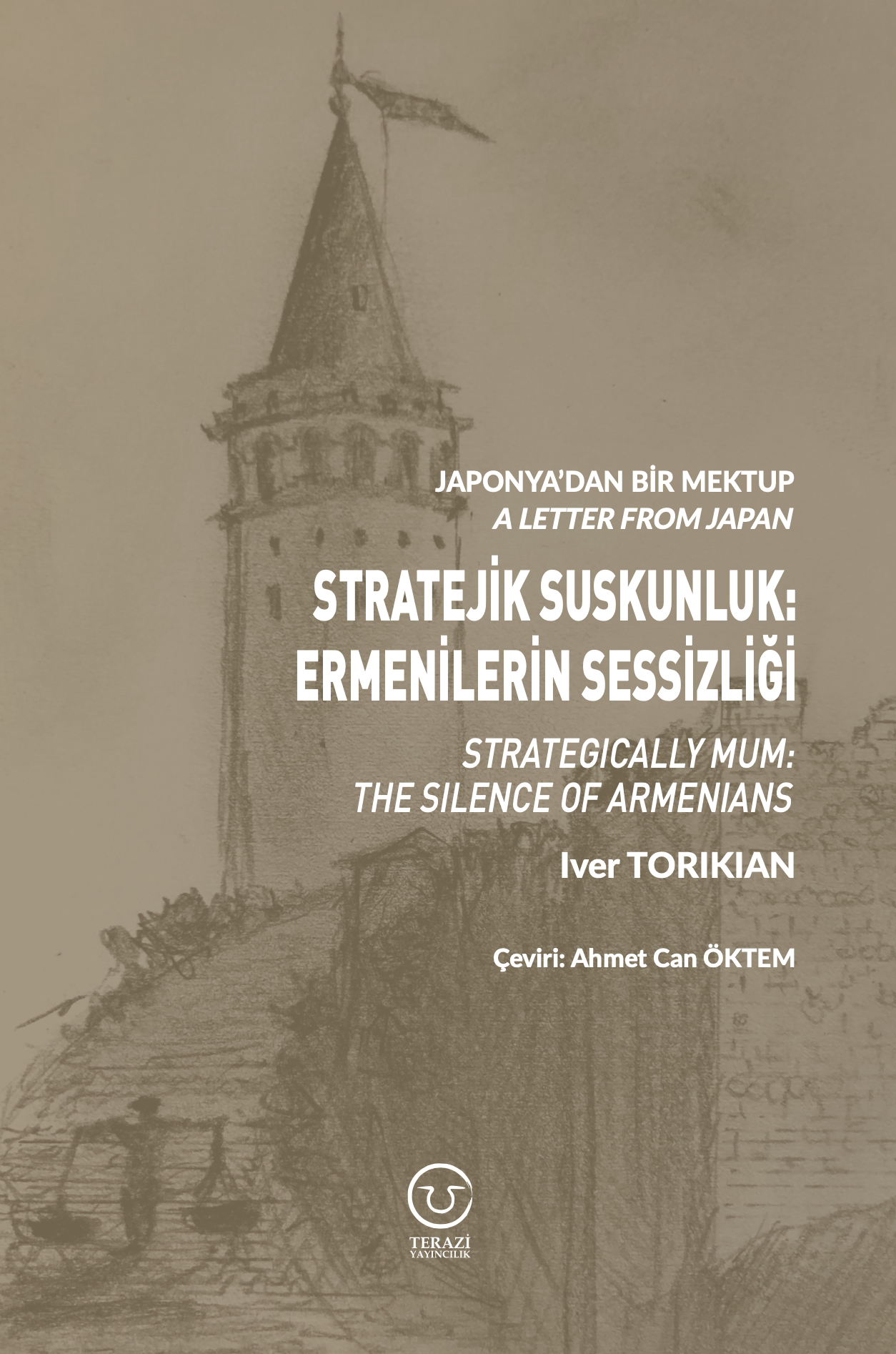
A Letter From Japan - Strategically Mum: The Silence of the Armenians -
01.01.2022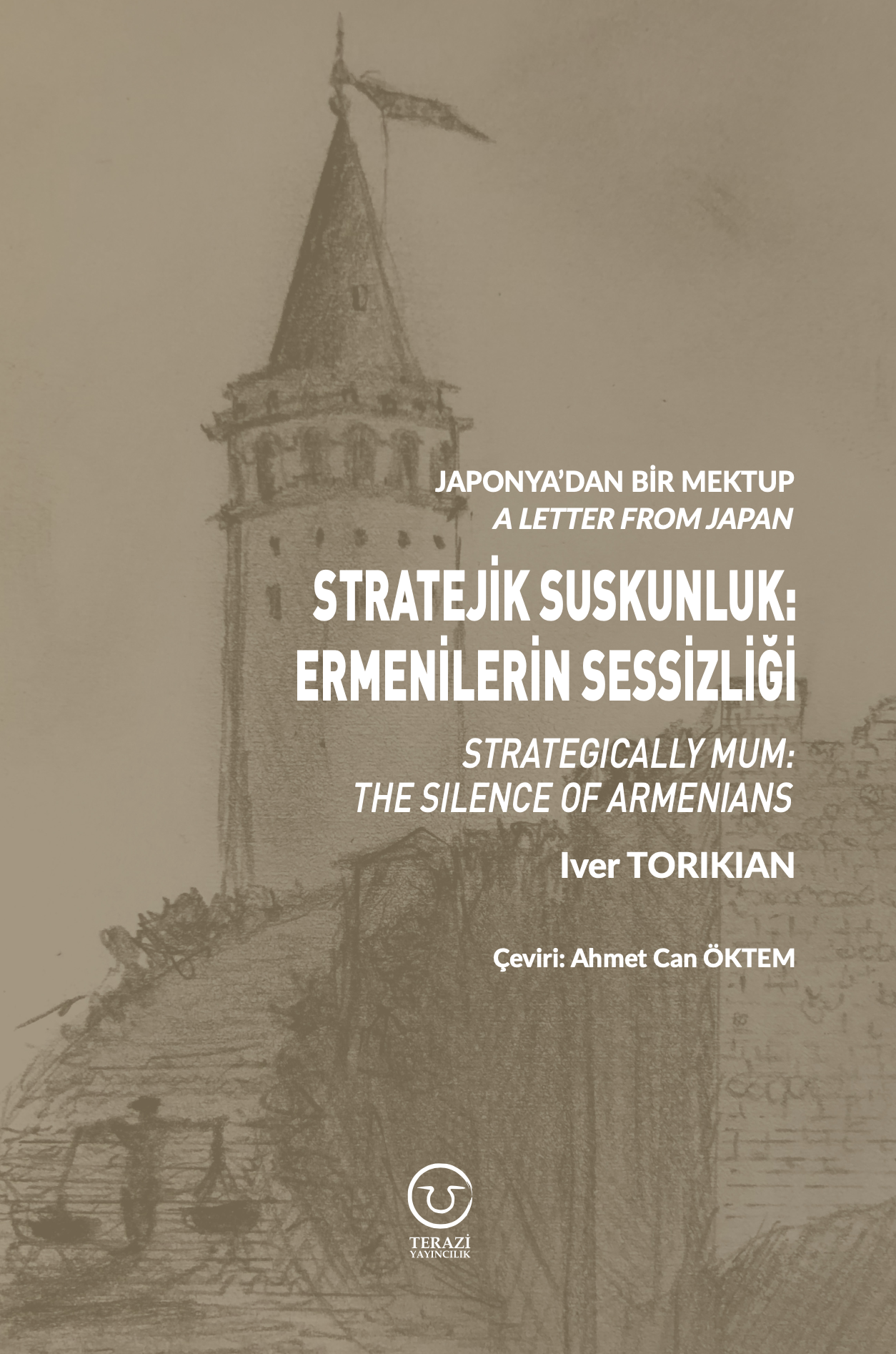
Japonya'dan Bir Mektup - Stratejik Suskunluk: Ermenilerin Sessizliği -
03.06.2020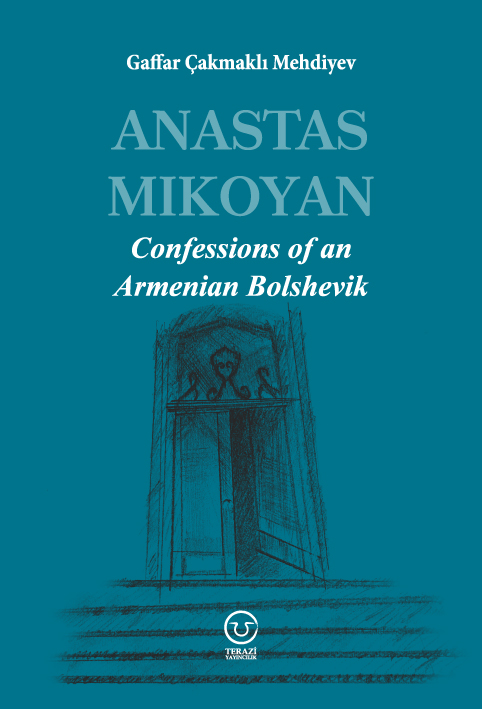
Anastas Mikoyan: Confessions of an Armenian Bolshevik -
08.04.2020
Sovyet Sonrası Ukrayna’da Devlet, Toplum ve Siyaset - Değişen Dinamikler, Dönüşen Kimlikler -
12.06.2018
Ermeni Sorunuyla İlgili İngiliz Belgeleri (1912-1923) - British Documents on Armenian Question (1912-1923) -
02.12.2016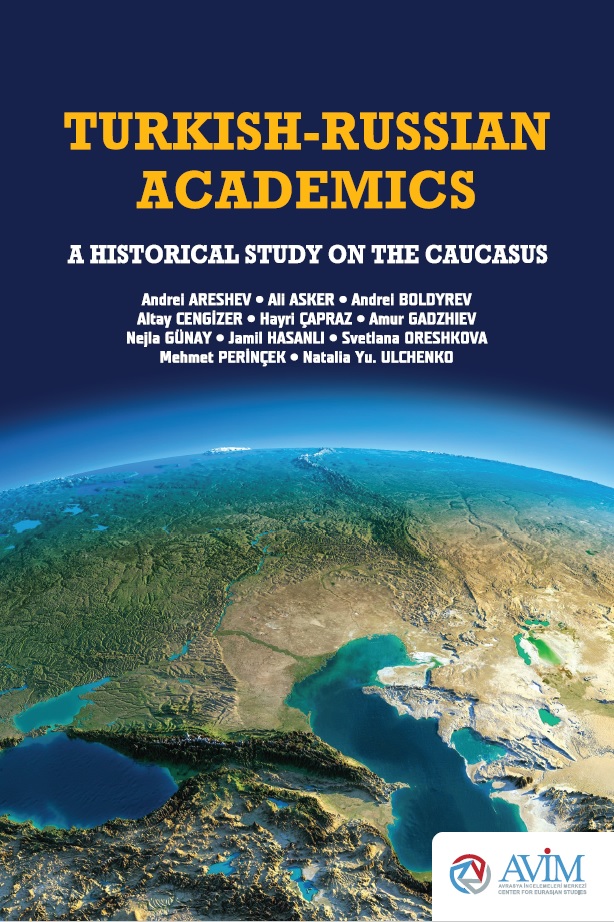
Turkish-Russian Academics: A Historical Study on the Caucasus -
01.07.2016
Gürcistan'daki Müslüman Topluluklar: Azınlık Hakları, Kimlik, Siyaset -
10.03.2016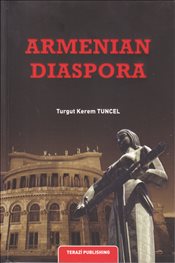
Armenian Diaspora: Diaspora, State and the Imagination of the Republic of Armenia -
24.01.2016
ERMENİ SORUNU - TEMEL BİLGİ VE BELGELER (2. BASKI)
-
AVİM Conference Hall 24.01.2023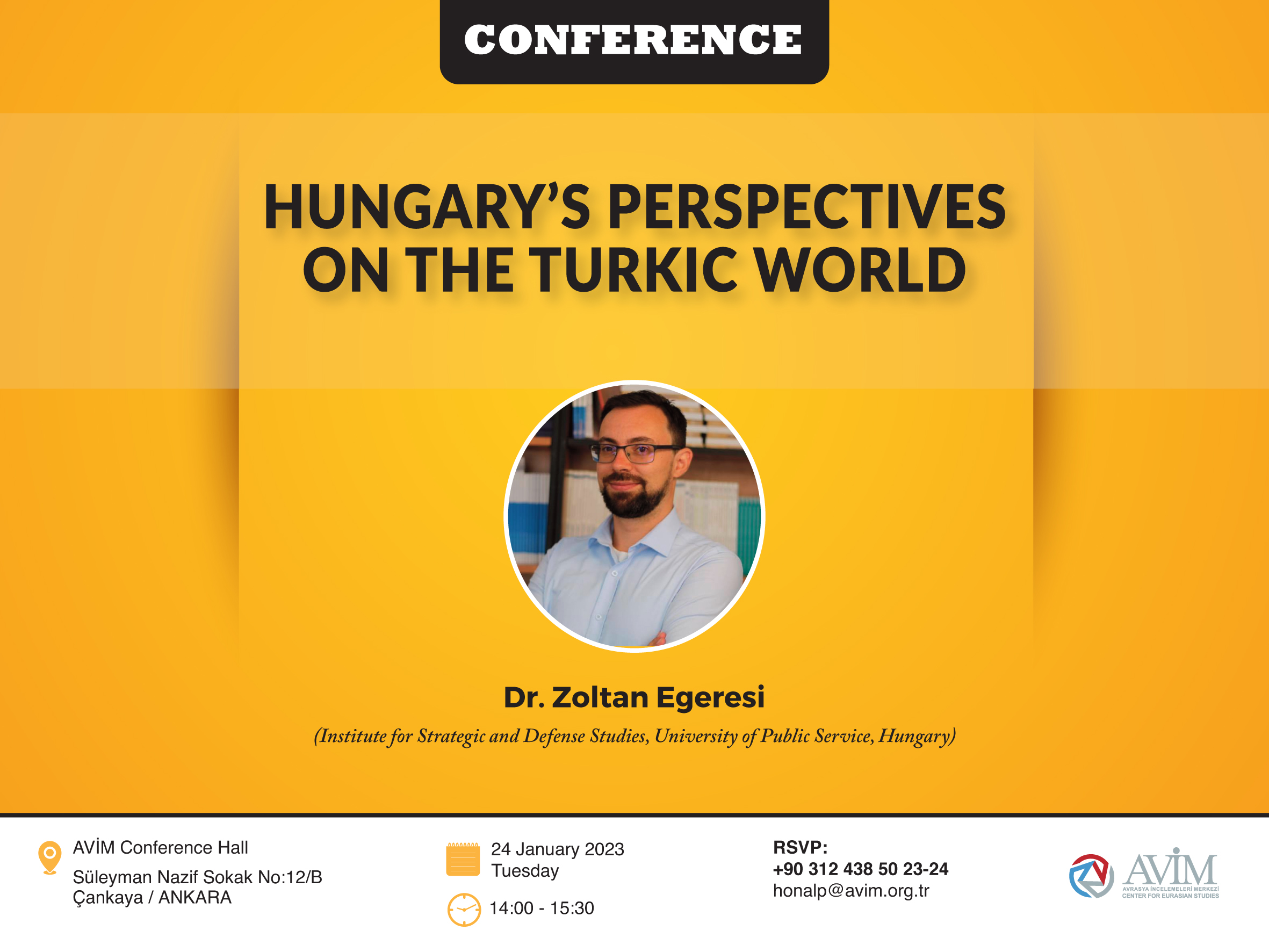
CONFERENCE TITLED “HUNGARY’S PERSPECTIVES ON THE TURKIC WORLD"








